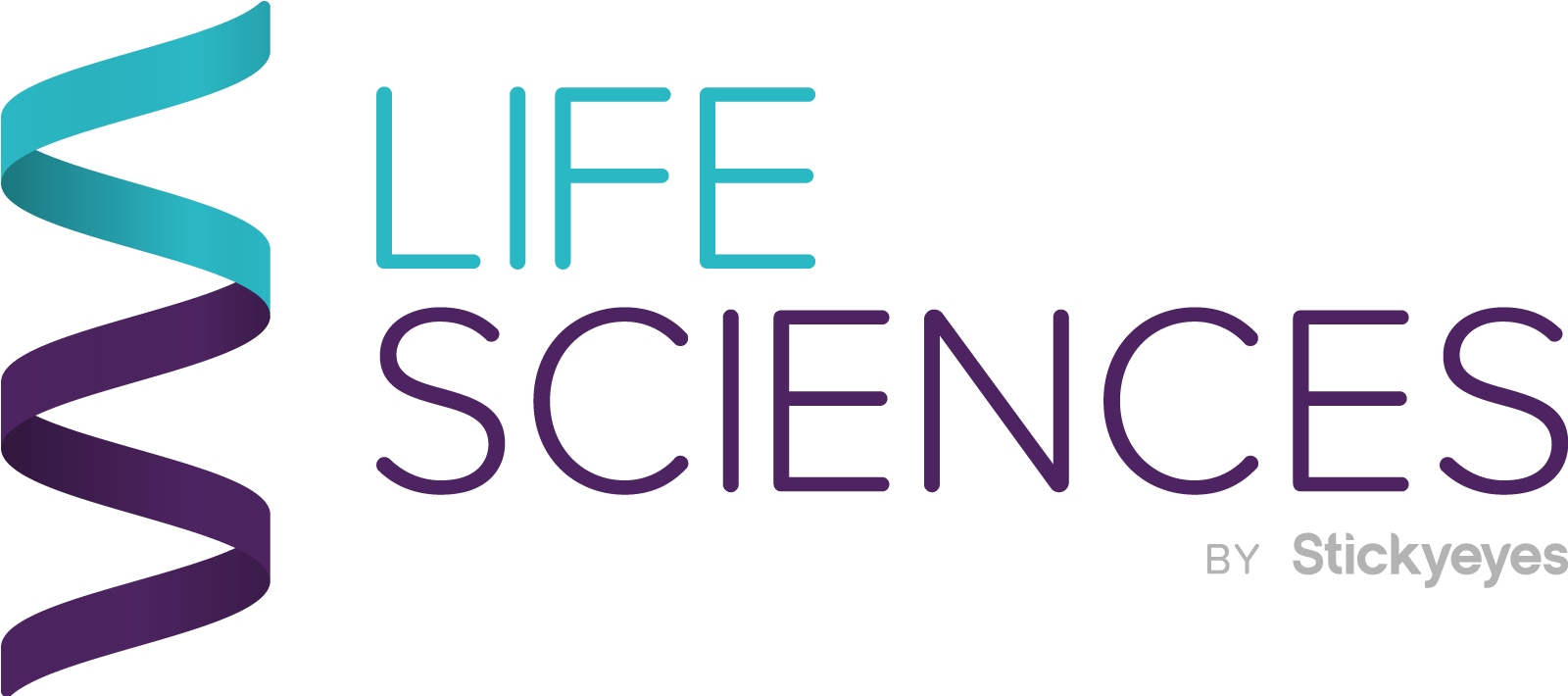
HCP Search Behaviour: how to access a goldmine of data
In this article you'll learn:
- How to tap into the real and relevant searches HCPs are making
- How to differentiate between HCP and HCC search
- How to apply search data to your content strategy
It’s well established that HCPs turn to search engines to find information for professional purposes, so for life science companies understanding the data this activity generates is a crucial part of the jigsaw in creating an audience-centric marketing communications strategy.
The extent to which HCPs use is underlined by DRG’s Taking the Pulse (Europe) research which shows that 80% of European healthcare professionals (HCPs) use search at least weekly for professional purposes. What’s more, majority of informational queries starting with a search engine, instead of visiting a website directly.1
Before we dive into search data in in more detail, it’s worth emphasising that search data is a part of the jigsaw. Other sources of insight - such as market research, social media insight or previous campaign learnings, all have an important part to play. For this post we’ll concentrate on the contribution search data can make.
Understanding search data
Search data begins life as keyword research; that is research traditionally undertaken by SEO agencies to understand the terms people search for around a particular topic and the frequency (volume) with which they do so. Once keywords and phrases are identified, agencies create content to meet those search terms which, along with a myriad as other factors, will help a website rank highly in search engine results. Another application is paid search campaigns which are deployed around selected keywords with the aim of driving traffic to site.
Within the HCP context we can use keyword research for similar purposes, but first we are met with a challenge: how do we distinguish HCP search behaviour from patient search behaviour? Next, we can see an opportunity: traditionally HCP insight has relied on market research, meaning it tells us what HCPs say they do, rather than what they actually do. Given HCP’s high propensity to search, detailed analysis of this behaviour gives us the opportunity to gain direct, data-driven insight, invaluable for informing our marketing communications strategy.
These two points are interrelated – to gain insight into HCP search behaviour we first need to distinguish it, as far as possible, from HCC searches. The challenge of searcher identity isn’t unique to healthcare and can be applied to any sector. For example, is the person searching for “Mercedes A Class SE A180 price” a high intent purchaser or someone curious about how much a colleague has invested in their new car? There is no easy answer, although a consistent approach will help to mitigate any margin of error across search terms.
Defining HCP search
When it comes to HCPs, we might intuitively assume that professional searches will typically search use technical or medical terms and research does back this up – a Media Vitals/Google report identified that 72% of HCPs use technical terms which tend to be highly specific, long-tail queries.
So, if we know that the majority of HCP search is longtail, we need a methodology and toolkit that will allow us to tackle this kind of keyword research at scale. Longtail keyword research has traditionally been difficult for SEO agencies because commercially available keyword research tools are often developed with paid search campaigns in mind. Consequently, they use relatively high search volumes. This means low-volume longtail terms are either missed or involve a laborious, manual process which, for HCP research, also requires some medical knowledge.
Discovering the gold mine
To tackle this task at scale, we developed tools which build on traditional keyword research techniques, pulling in data from Google’s People Also Ask (PAA) feature which surfaces related searches around the original search term, dynamically adjusting to user interest. Crucially the search volume required to appear in PAA is lower than in more traditional tools like Google Ad Planner, and allows us to understand how user interest unfurls in a search journey.
The screen shots below shows how this process works for a single search, although in reality this process is automated via our tools:
The next step is expert verification by professional writers with a medical background who add a human check on the likelihood of terms being searched for by an HCP. This ‘human touch’ is crucial to ensure consistency, but it also helps us to further distinguish HCC and HCP search. Once medical verification is complete we can then use our tools to pull down search volumes and build an understanding of demand around different groups of keywords, as well as identifying areas where demand from HCPs currently isn’t being met.
The opportunities opened up by understanding what HCPs are searching for are compelling: it allows us direct insight into what HCPs want and need in a day-to-day context and on a granular basis. This is why we’ve taken the time to develop the tools and methodology, which blends automation, efficiency, and scale with the right level of human verification. It isn’t simply about informing what content we might place on a website - it is fundamental to developing an audience-centric marketing strategy.
- Find out more about our tools and SEO capabilities or if you’d like to get in touch – drop as a line at life.sciences@stickyeyes.com, we’d love to hear from you.
1. DRG: Taking the Pulse Europe, 2017









